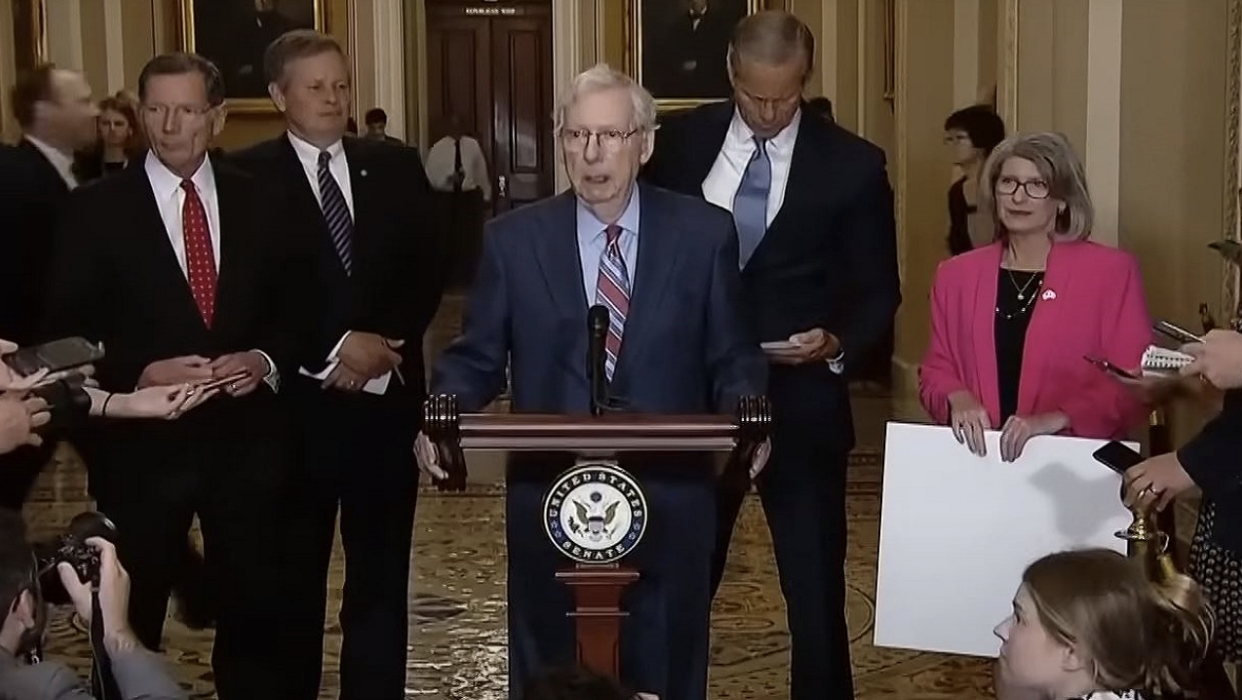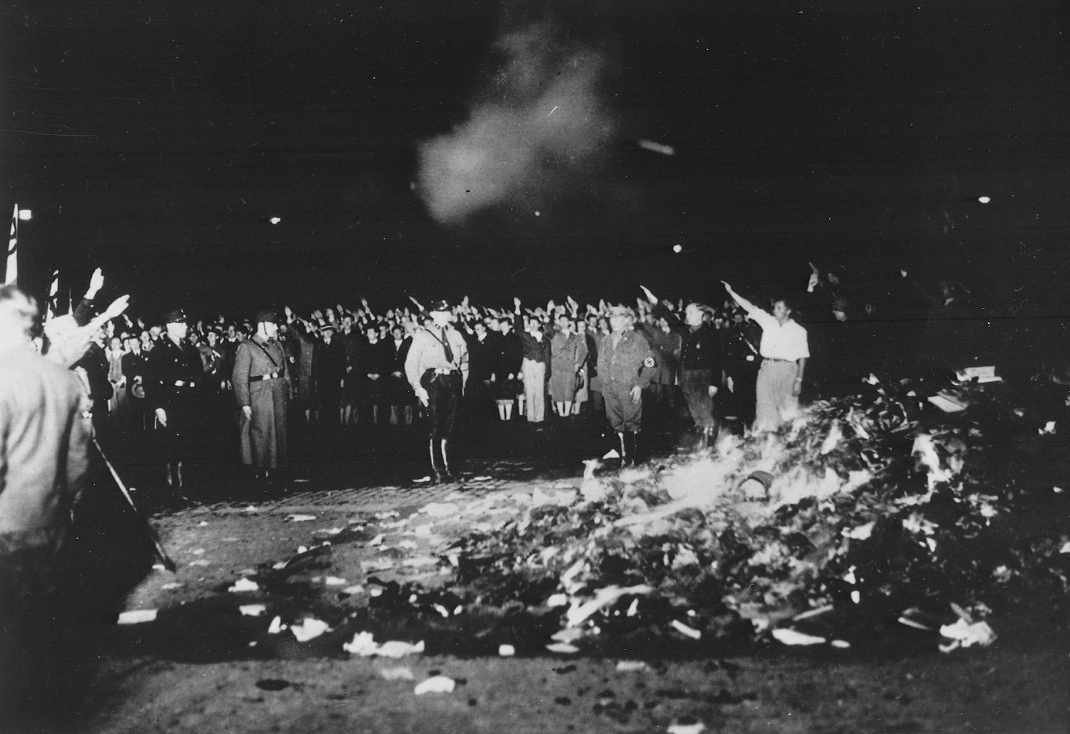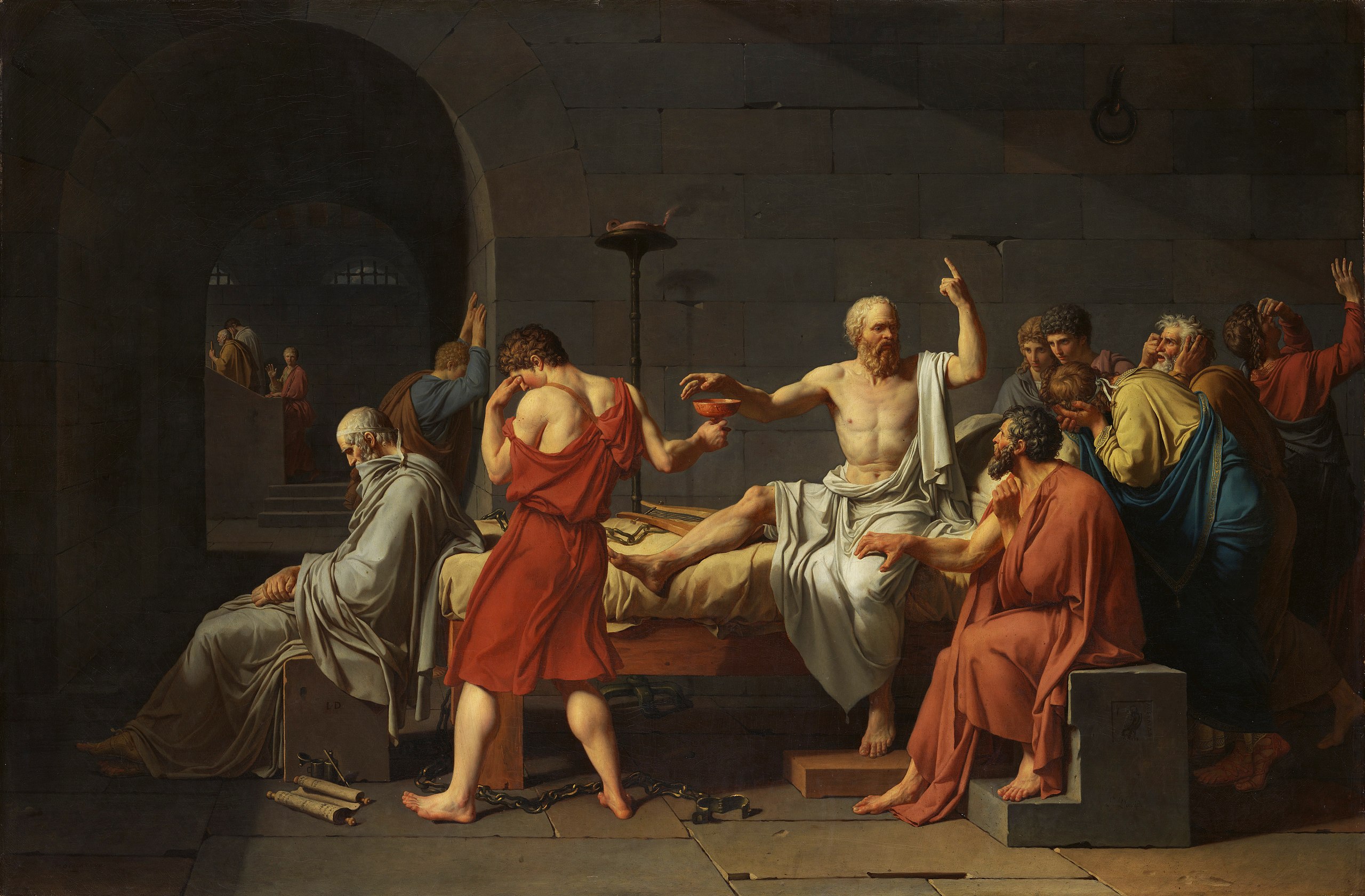Two Montage editors weigh in on sports cuts

Mike Ziegler
-Photo Editor-
Spencer Gleason
-Sports Editor-
For the cuts…
College athletics have been dealt several blows the last two years at STLCC-Meramec and district wide. Programs were consolidated and some eliminated completely. Rather than have individual campus athletic teams they are now spread out as college-wide teams.
With the current economy and limited state funding for the 2011-2012 school year, it would not make financial sense to keep athletics at the level it was prior to 2011. Last year, teams were trimmed from 23 programs to 15 district-wide. The college was able to save $155,000 from the 2011 budget, hardly a large saving from a complete collegiate athletic transformation.
Even after cutting nearly 10 programs, the college spent $1.5 million on costs associated with the approximately 260 students participating in the intercollegiate athletics in 2011. For perspective, $1.55 million funded from the student activities fee is allocated for college activities, with the first $200,000 set aside for athletic travel, in the 2012 budget.
After money is set aside for athletic travel, that leaves $1.25 million to support, as defined out in the 2012 budget: college activities, student newspapers (such as The Montage) and radio stations, theatre, student government leadership training and student activities. This $1.25 million serves a far greater number of students than the $1.5 million previously spent funding college athletics for 260 students in the 2011 budget.
As part of the 2012 budget, further reduction strategies were put in place to reduce the costs associated with college athletics. The college was able to save $624,509 from the 2012 atletic budget, most of which, according to budget explanation, came from administrative costs.
With nearly every department in the college suffering from cutbacks, intercollegiate athletics could not have of been spared to continue at their bloated level in comparison to other student programs suffering cuts.
College athletics play a very important role for colleges everywhere. Athletics help to hopefully provide a sense of pride among students supporting their teams in whatever sports their fellow peers participate. For some, it Is their only ticket into college.
Once revenue numbers and state funding is increased to prior levels, whenever that may be, funding should be increased to student athletics to allow for more student participation and a wider variety of athletic programs offered.
Right now, the college and programs nationwide are in crisis mode and it should be treated as such. The budget needs to be treated as providing the greatest good for as many students as possible with the least amount of money.
We as a college and campus should advocate for a robust athletics program that will attract students far and wide to participate in, but not at the cost of a greater number of students suffering from cuts that the athletics program benefits. | Ziegler
Against the cuts…
The rehashing of the athletic cuts over the previous two years only stir up feelings in the pit of the stomach of many administrators, coaches, secretaries and student-athletes, that have poured their heart and soul into the program over the years. Yet, it is a vital story of where the athletic programs find themselves today. Unfortunately, anytime financial cuts must be made at a school, the art programs and athletics are the first ones to go.
Since 2009, the athletic offices across STLCC have dealt two big blows. The first coming in the fall of 2009 when STLCC-Meramec, Forest Park and Florissant Valley were forced to limit each campus to five athletic teams. The second, coming most recently when athletics were combined across all STLCC campuses-forcing the Magic to leave Meramec and the Archers to arch their way onto playing fields, connecting teams across STLCC.
Perhaps there were other avenues of financial stress to be considered over athletics. Other cuts could have been in the Chancellor’s pay check. Last year, Zelema Harris gave herself more than the U.S. Speaker of the House, Joe Boehner. How lucky for her that there was not a bigger deal made of her salary. She retired after last year.
The consolidation of athletics across STLCC took the breath out of the athletic buildings. All administrators, coaches and secretaries knew their job was at stake when the announcement was made. Those families financial situations were about to change. Across STLCC numerous employees were let-go and several job descriptions were lengthened to cover the loss of employees. All this, while all along the student-athlete continues to suffer.
Sports are able to take on the role of a teacher that students can not find in the classroom. Individually, student-athletes are able to teach themselves how to work together to accomplish the ultimate goal. All races, all religions, the rich, the poor and all backgrounds come together. Athletics is the only place where this field of dreams happens.
When a player bobbles a ball on the baseball diamond, misses a key free throw on the basketball court or the penalty shot goes wide left during a soccer game, the key is to pick yourself back up. Building character, the student-athlete is able to pick themselves back up and move on to the next moment.
STLCC missed the ball. For the 260 student-athletes of last season, however, they picked themselves back up and they came out on top—a tribute to the coaches, administrators and secretaries who cheered them on the whole way through, even pushing aside their own sorrow.
The purpose of the community college is to provide students with the opportunity to continue their education and segway from high school to the four-year university. If the number of student-athletes falls, the opportunity for a scholarship to help students ultimately achieve their goal of a higher education and affording it dwindles.
While last year’s Chancellor Zelema Harris made more money than John Boehner, she forced athletics into a difficult situation and changed the lifestyles of STLCC employees and student-athletes alike. This is where we, as athletes and fans of the games, must pick ourselves back up. | Gleason











